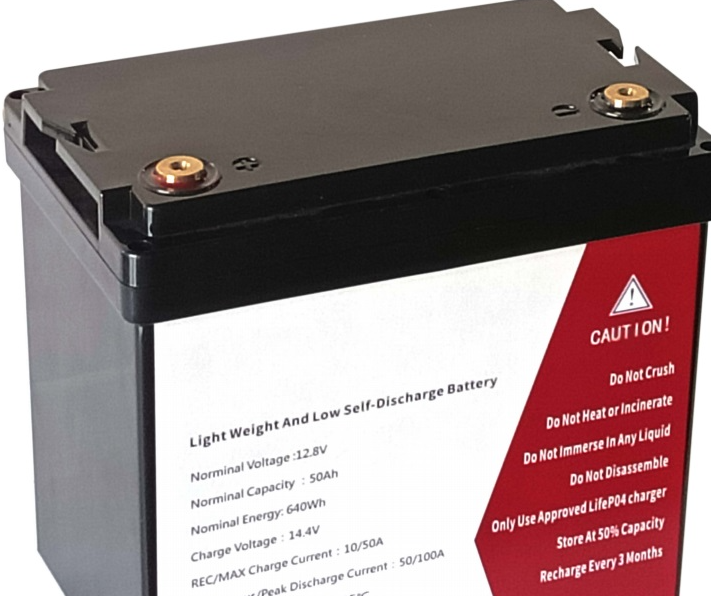Although both power batteries and energy storage batteries belong to the application category of lithium batteries, there are significant differences between them in terms of design concepts, performance requirements, and application scenarios. The following is an exhaustive comparison of these two battery types.
Differences in application scenarios
Power batteries are mainly used in electric transportation vehicles, such as electric vehicles and electric bicycles, to provide power for these devices. They need to meet the vehicle's needs for speed, range and performance, so power batteries must be characterized by high energy density and high power output. Energy storage batteries, on the other hand, are mainly used in grid storage, home storage or commercial applications, where they play a role in balancing power supply and demand and improving grid stability. Energy storage batteries focus on long and stable energy output and storage, so high capacity and long cycle life are their key characteristics.
Differences in cell design
Energy storage batteries and power batteries pursue different goals in cell design. Power batteries pursue high energy density to achieve longer range, so the requirement for life is relatively low. Energy storage batteries, on the other hand, pursue long life and very high consistency, with less demand for high power and more focus on battery capacity and cycle life. This means that the cell design of energy storage batteries will be more inclined to use stable electrochemical materials and loose battery structure to achieve long-term stable operation and more power storage.

Difference in cycle life
The cycle life requirements of power batteries and energy storage batteries are also different. The cycle life of power battery is generally required to be able to meet the service life of automobile, usually between 1,000 and 2,000 cycles. Energy storage batteries require frequent charging and discharging operations, especially in applications such as grid peaking, so their cycle life is usually more demanding, generally requiring more than 3,500 cycles, or even more than 5,000 cycles.
Battery Management System (BMS) Differences
There are also significant differences in the design of BMS for power and storage batteries. The BMS for power batteries needs to realize more complex functions, such as real-time monitoring of battery status, thermal management, balanced charging and discharging, etc., in order to ensure the safety and performance of the battery in various operating conditions. The BMS for energy storage batteries focuses more on battery charge/discharge control and energy management to realize efficient storage and release of electric energy.
Difference in safety design
The safety design of power batteries is crucial because they need to remain stable during vehicle operation to avoid safety issues caused by extreme conditions such as high temperature, overcharging or over-discharging. In contrast, although energy storage batteries also need to consider safety, the safety requirements may be slightly lower due to the relatively stable operating environment, but they still need to take strict safety measures, such as fire and explosion-proof design.
Differences in Cost and Economy
The cost and economics of power and storage batteries are also important factors to consider in their design. Power batteries usually use more active electrochemical materials and compact battery structures due to the need to meet the requirements of high energy density and high power output, which may lead to higher costs. Energy storage batteries, on the other hand, are more focused on battery capacity and cycle life, so they may use more economical materials and designs to achieve long-term stable operation and lower whole life cycle cost of electricity.
There are significant differences between power batteries and energy storage batteries in terms of design concepts, performance requirements and application scenarios. Power batteries pursue high energy density and high power output, and are suitable for electric transportation; while energy storage batteries pursue long life and high capacity, and are suitable for grid energy storage and home energy storage. These differences give them unique advantages and value in their respective applications. With the advancement of technology and the development of the market, both power and energy storage batteries will continue to be improved and optimized, bringing more innovations and breakthroughs in the field of energy storage and electric transportation for human beings.